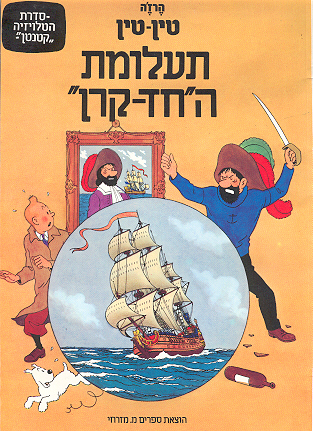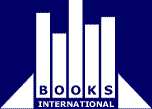| TINTIN LANGUAGES | |
| AFRIKAANS | |
| ALGUERES | |
| ALSATIAN | |
| ARABIC | |
| ASTURIAN | |
| BASQUE | |
| BERNESE | |
| BENGALI | |
| BRETON | |
| BULGARE | |
| CAMBODIAN | |
| CATALAN | |
| CHINESE | |
| CORSICAN | |
| CZECH | |
| DANISH | |
| DUTCH | |
| ENGLISH | |
| ESPERANTO | |
| FARSI | |
| FAEROESE | |
| FINNISH | |
| FRENCH | |
| FRIESIAN | |
| GALICIAN | |
| GALLO | |
| GAUMIAN | |
| GERMAN | |
| GREEK | |
| HEBREW | |
| HUNGARIAN | |
| ICELANDIC | |
| INDONESIAN | |
| ITALIAN | |
| JAPANESE | |
| KOREAN | |
| LATIN | |
| LUXEMBOURGER | |
| MALAYALAM | |
| NORWEGIAN | |
| OCCITAN | |
| PICARDY | |
| POLISH | |
| PORTUGUESE | |
| ROMANSCH | |
| RUSSIAN | |
| SERBO-CROAT | |
| SINHALESE | |
| SLOVAK | |
| SPANISH | |
| SWEDISH | |
| TAHITIAN | |
| TAIWANESE | |
| THAI | |
| TIBETAN | |
| TURKISH | |
| VIETNAMESE | |
| WELSH | |
| TOTAL 60 VERIFIED LANGUAGES | |
| RUMOURS | |
| MIRANDES | |
|
MONEGASCO |
|
| PROVENÇAL | |
| RUANDES | |
| MONEGASCO | |
| LINKS | CRAB MENÚ | CASTAFIORE MENU |
|
|
HEBREW | |||||||||||
|
||||||||||||
Hebrew is one of the world's oldest languages, spoken and written today in much the same way as it was more than two thousand years ago. After ceasing to exist as a spoken 1anguage about 250 B.C., it was reborn as a modern language in the 19th century, and today it is the principal language of the State of Israel. Books, newspapers, and magazines published in Israel today are written in a Hebrew that is much the same as the language of the Bible.For over three millennia Hebrew has been the religious, and often the literary and secular, language of the Jewish people. A Semitic tongue, it was spoken during the period of the migration of the Patriarchs into Palestine and remained the language of the Jews throughout the Old Testament period. In the post biblical period Hebrew gradually gave way to Aramaic as the spoken language, but continued throughout the centuries to serve as the language of ritual and prayer.
Hebrew is one of the world's oldest languages, spoken and written today in much the same way as it was more than two thousand years ago. After ceasing to exist as a spoken 1anguage about 250 B.C., it was reborn as a modern language in the 19th century, and today it is the principal language of the State of Israel. Books, newspapers, and magazines published in Israel today are written in a Hebrew that is much the same as the language of the Bible.
The renaissance of Hebrew as a spoken language in the 19th century may be ascribed almost entirely to the efforts of one man: Eliezer ben Yehudah, who devoted his life to the revival of the language, and at the same time adapted it for modern use through the introduction of thousands of modern terms. Hebrew gradually came into use among the Jewish settlers in Palestine and became the official language of the State of Israel when that nation was created in 1948. Today about 3 million people speak Hebrew either as their maternal, adopted, or religious tongue.
The Hebrew alphabet of twenty-two letters (five of which have a different form when they appear at the end of a word) consists entirely of consonants. The language is written from right to left without vowels. Thus the word kelev (dog) appears as the Hebrew equivalents of, from right to left, k, l, and v. It is therefore impossible for one not familiar with the language to know how to pronounce a word from the way it is written. About the 8th century a system developed for indicating vowels through the use of small dots and dashes placed above and below the consonants. These signs are still in use today, but they are confined to school books, prayer books, and textbooks for foreigners, and are not to be seen in newspapers, magazines, or books of general use. The text below contains the vowel signs as well as a series of marks called the trope, which indicates the notes to be used when the passage is chanted in the synagogue.
English words of Hebrew origin include amen, hallelujah, sabbath, rabbi, cherub, seraph, Satan, kosher, manna, shibboleth, and behemoth. More recent contributions are kibbutz and sabra.
|
PUBLISHER MIZRAHI Tel Aviv Maariv Book Guild and Machbarot Lesifrut |
|
ONLINE SHOPING ? For Asterix go to: |
|
LINKS |
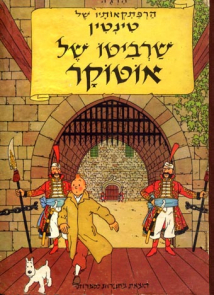 1st EDITION Machbarot Lesifrut
1st EDITION Machbarot Lesifrut
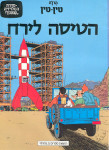
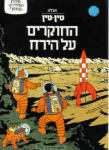
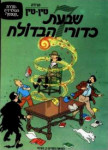

|
|
I'VE GOT THIS ONE | ! WANTED! |
